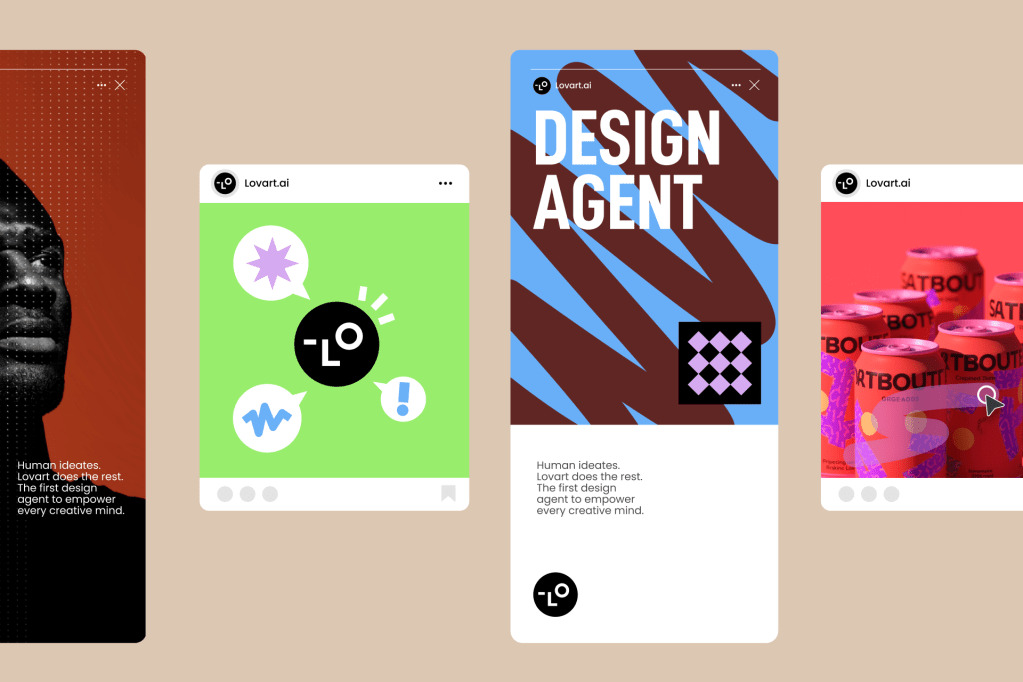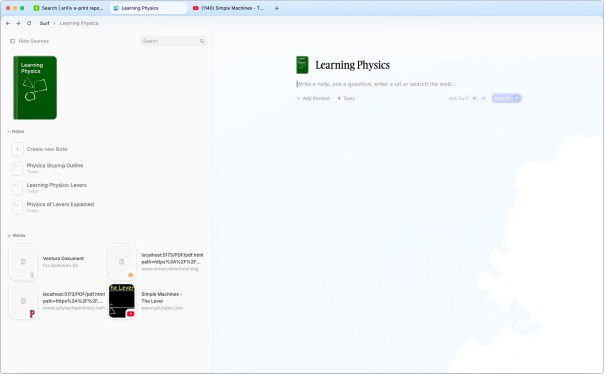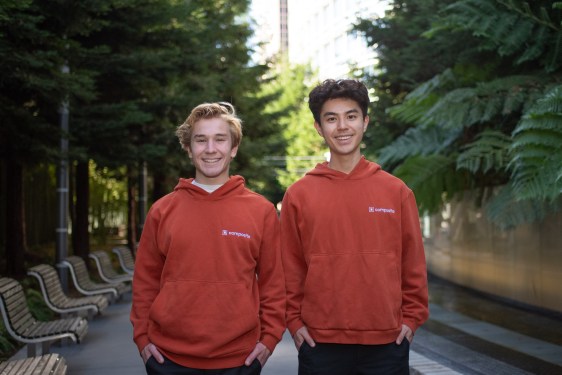Former ByteDance exec’s startup generates complete brand campaigns from prompts, amasses 100K waitlist in five days
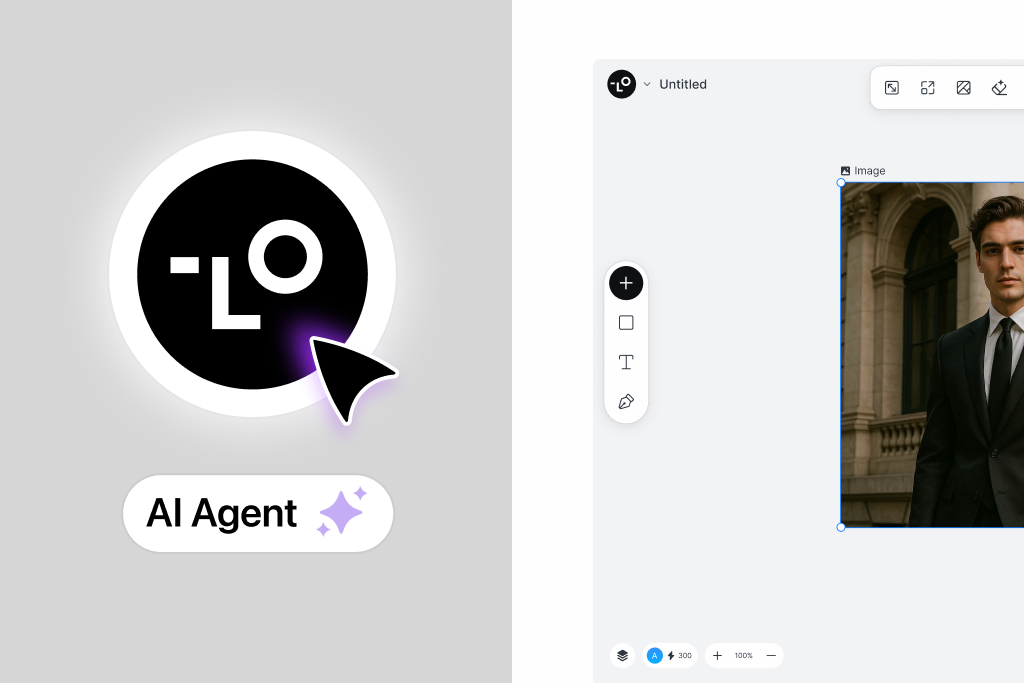
Lovart replaces fragmented design workflows with a single AI-native agent that understands briefs and delivers full creative campaigns — from brand kits to videos — in minutes.
San Francisco-based Lovart has emerged from stealth with what it calls the first “AI Design Agent” — a vertically integrated platform that automates the entire creative workflow from concept to final deliverables. The startup, founded by former ByteDance senior product director Melvin Chen, aims to compress what traditionally requires multiple designers, tools, and weeks of iteration into a single automated process.
The platform can generate comprehensive creative assets including brand identity systems, UI mockups, video content, and packaging designs from a single text prompt. All outputs are delivered in professional formats compatible with industry-standard tools like Figma, Photoshop, and After Effects.
“Every startup hits the same wall: you have the product vision, but translating that into professional creative assets requires a full agency or months of DIY work,” Chen explained to TechCrunch. “We’re essentially democratizing access to enterprise-level creative capabilities.”
Technical differentiation through “creative reasoning”
Lovart’s core innovation is what the company calls MCoT (Mind Chain of Thought) — a reasoning engine designed to mimic how creative directors approach projects. Rather than simply generating aesthetically pleasing outputs, the system analyzes business context, target audience, and brand requirements to produce strategically appropriate creative work.
The platform’s architecture centers on a sophisticated multi-agent system where specialized AI agents handle different design disciplines while maintaining seamless coordination. The system draws inspiration from distributed AI research, similar to approaches outlined in Anthropic’s multi-agent research systems, where complex tasks are decomposed across specialized agents without losing contextual information.
“We break down a brand campaign into discrete creative tasks — logo design, color palette, typography, layout, motion graphics — and assign each to a specialized agent,” Melvin said. “The key innovation is our context synchronization layer that ensures all agents understand the overarching brand strategy and visual direction, so outputs feel cohesive rather than fragmented.”
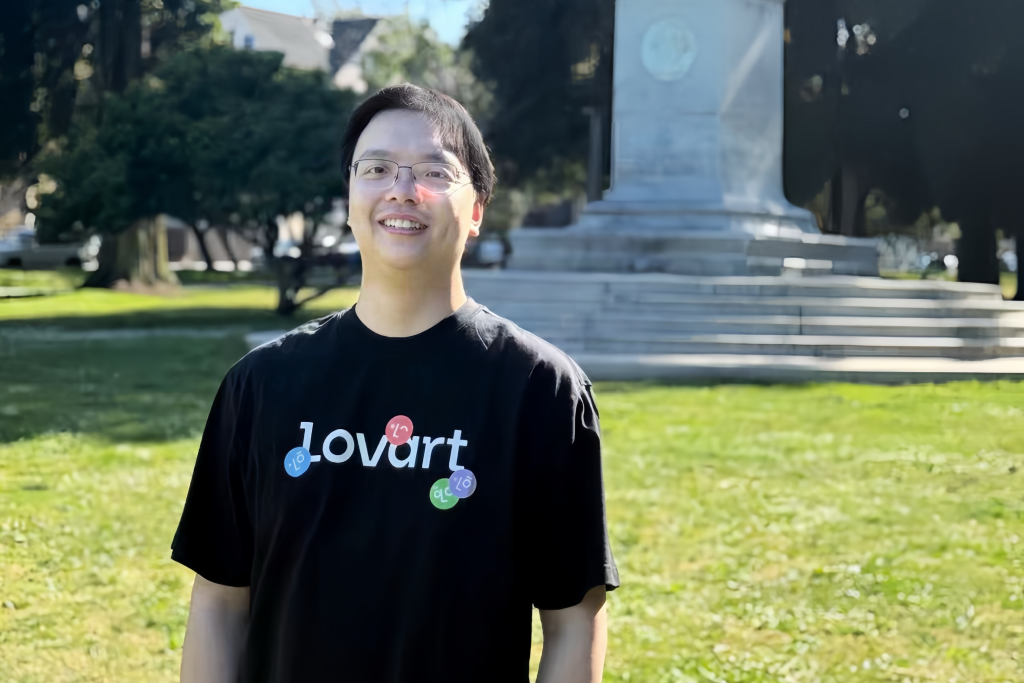
For instance, when creating a product launch campaign, the system might deploy a brand strategy agent to establish visual guidelines, a layout agent for web design, a motion agent for video content, and a packaging agent for physical products.
Canvas as contextual intelligence
Beyond multi-agent coordination, Lovart introduces what it calls “canvas as context,” where the AI continuously analyzes all assets present on the user’s infinite canvas to provide increasingly relevant suggestions and iterations.
“Traditional design tools treat each asset in isolation,” said Melvin. “Our canvas understands the relationship between every element. If you’re working on a poster and have brand guidelines nearby, the AI automatically incorporates those constraints. If you’re iterating on a logo, it considers how that logo will work across the packaging designs you created earlier.”
This contextual awareness allows the AI to provide real-time design recommendations, suggest complementary assets, and maintain visual consistency across complex projects without explicit user instruction.
Strategic design thinking meets tactical execution
The platform combines high-level design thinking with granular tactical execution through what Lovart calls “strategy-to-pixel” automation. The system first operates at a strategic level, starting by analyzing the market positioning, competitive landscape, and target audience, before translating those insights into specific creative tactics.
“Most design tools focus on execution — make this logo bigger, change this color,” Melvin noted. “We start with the why: What business problem are we solving? Who’s the audience? What’s the competitive context? Then we automatically translate that strategic framework into tactical design decisions.”
A key differentiator is Lovart’s ability to learn from user preferences and build design memory over time. When users import assets, whether brand guidelines, reference images, or inspiration materials, the platform automatically analyzes, categorizes, and tags these elements for future use. The system intelligently surfaces relevant assets in appropriate contexts, ensuring brand consistency without manual intervention.
“If you upload a color palette for your startup’s brand, Lovart doesn’t just store it. It understands the emotional tone, the market positioning it implies, and automatically applies those insights to future projects,” Melvin explained. “It’s like having a design team that remembers every conversation and creative decision.”
The platform builds both short-term and long-term user memory. Short-term memory captures project-specific preferences and iterations within a campaign, while long-term memory develops a comprehensive understanding of the user’s design aesthetic, preferred workflows, and brand sensibilities across multiple projects.
This personalization engine means that over time, Lovart becomes increasingly attuned to individual creative styles and business contexts, delivering outputs that feel less like generic AI generation and more like collaboration with a familiar creative partner who understands the user’s vision.
“Most AI design tools are point solutions,” Melvin explained. “We’re building the end to end solution for creative work — think like design agencies, but with the intelligence to understand both creative strategy and tactical execution.”
Users can also import existing brand assets or rough sketches for the AI to refine and expand upon, with the multi-agent system automatically distributing refinement tasks while preserving the original creative intent.
Viral adoption signals market demand
Lovart’s invite-only beta launched in late May, but gained significant attention after a user’s AI-generated coffee chain brand system went viral, accumulating over 1 million views across social platforms. Within five days, the startup’s waitlist grew to 100,000 users across 70+ countries.
Lovart’s invite-only beta now boasts over 800,000 users — a rare feat for a design platform driven entirely by community referrals and viral adoption.
The company has fostered an active community around “Agent Battles” on Discord, where designers challenge the AI in real-time creative competitions. Early enterprise customers include several Y Combinator startups and growth-stage companies looking to reduce creative production costs.
“It’s helped us create stronger creative briefs and iterate faster on campaign concepts,” said Pius Binder, founder of Subscribe.fyi and former growth lead at Meta and Canva. “The infinite canvas interface feels familiar but the AI capabilities are genuinely next-level.”
Market positioning and funding
While Lovart hasn’t disclosed funding details, the company is reportedly backed by several prominent investors. Melvin previously led product initiatives at ByteDance that reached hundreds of millions of users, giving him experience scaling AI-powered creative tools.
The AI design tool market has seen significant investment recently, with companies like Runway AI raising $237 million and Midjourney reaching a $5 billion valuation. However, most existing players focus on specific creative verticals rather than end-to-end workflow automation.
Lovart faces competition from established players like Canva (valued at $40 billion) and Adobe’s expanding AI offerings, as well as newer entrants like Figma’s AI features and various specialized AI design startups.
Industry implications
The platform represents a broader shift toward AI agents that can handle complex, multi-step workflows rather than simple task automation. If successful, it could significantly impact the traditional creative agency model, which typically requires large teams and substantial budgets for comprehensive campaigns.
“We’re not trying to replace human creativity,” Melvin said. “We’re building the infrastructure that lets one creative person do the work of an entire agency. In five years, every creative team will have an AI teammate.”
Lovart is now publicly available at lovart.ai, with free starter, basic and pro subcripiton plans.
